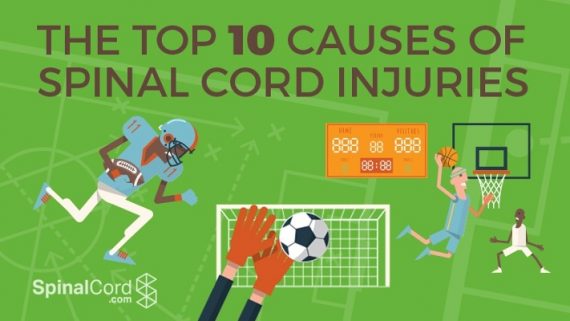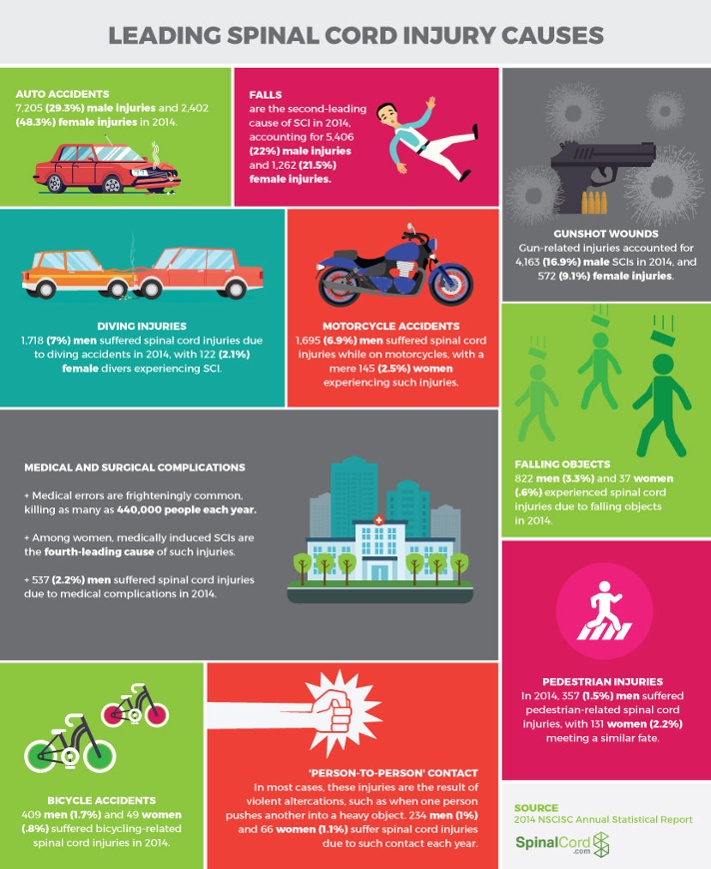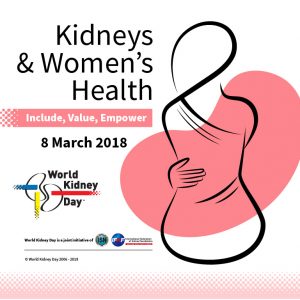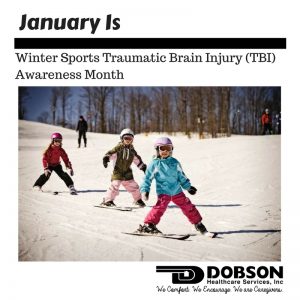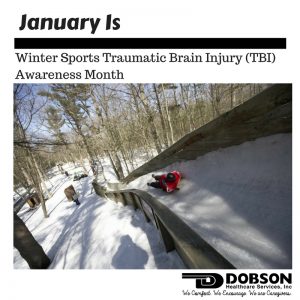Where did 2018 go? We blinked and it was 2019 and time to settle in with a New Years Resolution. Choosing to better our health and overall fitness is a focus for many of us at the Dobson Healthcare Corporate Office. Trying to dig through the various ‘tips’ and ‘how to’s’ can be overwhelming. What diet is really best for you? What workout will you enjoy and not count the minutes until they are over?
Staying as healthy as possible as we age is a huge focus of not only our staff but many of our clients. Over and over again we have been told it starts with your diet and we are choosing to focus on that in 2019, even if we are going to really, really, reallllly miss our weekly Friday Donut Run.
We’ve decided that the Mediterranean Diet is going to be our plan of action this year. We picked this plan because it was not only a great way for healthy weight loss, it also reduces the risk of diabetes, high cholesterol, heart disease, stroke and even some cancers! The Mediterranean Diet has also been proven to show that it can strengthen bones, improves brain health and wards off dementia; all great things for our aging population we service.
So here are some tips we wanted to share as we get started on the Mediterranean Diet
- Make sure you are putting an emphasis on plants, this can be vegetables, fruits, grain, seeds and nuts. Make sure you are eating a lot of veggies, making sure to incorporate as many kinds to receive a range of nutrients. Try and add whole grains and fruit to every meal.
- Eat More Fish! Make sure you are consuming this at least 2x a week. The Mediterranean Diet puts an emphasis on fatty fish like mackerel, sardines and salmon. The fish are rich in heart and brain healthy omega-3 acids.
- Switch to extra-virgin olive oil. Olive oil is rich in monounsaturated fatty acids which may help to improve HDL cholesterol, the “good” type of cholesterol.
Here’s a link to a great resource if you are interested in getting started on the Mediterranean Diet!
This article was previously published on SpinalCord.com by Zawn Villines.
Though about 12,500 people survive spinal cord injuries each year, few people learn much about these catastrophic injuries until they are injured or must care for an injured loved one.
Most spinal cord injuries are preventable, and knowing the causes of these injuries can help you avoid becoming a victim. And if you or someone you love already deal with the frustration and pain of a spinal cord injury, knowing the most common sources of these injuries can help you feel a bit less alone.
Each year, the National Spinal Cord Injury Statistical Center at the University of Alabama-Birmingham compiles an assortment of statistics on spinal cord injuries. It’s interesting to note that, in almost all category of injuries, men are more likely to be injured than women.
Men account for more than 80% of SCI victims, and the reason for this is quite clear: men are more likely to take risks and play sports that cause SCI. Spinal cord injuries are especially prevalent among younger men, who may be more prone to playing dangerous sports or engaging in risky activities such as high-speed driving.
In 2014, the latest year for which statistics are available, the 10 leading causes of spinal cord injuries, and their percentage of the total number of injuries, were as follows.
Leading Causes of Spinal Cord Injuries, Explained
Auto Accidents
Car accidents are a leading cause of death nationwide, and people under the age of 34 are more likely to die in car accidents than any other single cause. Nationwide, car accidents claim more than 32,000 lives annually. Unsurprisingly, then, car accidents are the leading cause of spinal cord injuries, accounting for 7,205 (29.3%) male injuries and 2,402 (48.3%) female injuries in 2014.
Find out what to do after a car accident.
Falls
You don’t have to be elderly or infirm to suffer a fall. A misplaced step as you navigate stairs, a fight near a flight of stairs, or even a medical event, such as a seizure or fainting, can all lead to catastrophic falls. Such falls were the second-leading cause of SCI in 2014, accounting for 5,406 (22%) male injuries and 1,262 (21.5%) female injuries.
Gunshot Wounds
Gunshot wounds can quickly destroy a body, and even a grazing by a bullet can sever or compress the spinal cord. Gun-related injuries accounted for 4,163 (16.9%) male SCIs in 2014, and 572 (9.1%) female injuries.
Diving Injuries
Propelling head first into the water is an inherently dangerous activity. If the water is too shallow, the diver inexperienced, or there are objects or people in the diver’s way, the injuries can be immediate and catastrophic. 1,718 (7%) men suffered spinal cord injuries due to diving accidents in 2014, with 122 (2.1%) female divers experiencing SCI.
Motorcycle Accidents
Though motorcyclists account for a fraction of motorists on the road, the lack of external protection means that even minor motorcycle collisions can be deadly. In 2014, 1,695 (6.9%) men suffered spinal cord injuries while on motorcycles, with a mere 145 (2.5%) women experiencing such injuries.
Falling Objects
You might not think much about falling objects in your daily life, but collisions with such objects can produce lifelong injuries. Construction sites, falling rock, and even large icicles or hail can damage the brain and spine, particularly when victims are hit at high speeds or at particularly dangerous angles.
Those in industries where falling objects are common are especially vulnerable; this is why construction hats and similar safety gear factor so prominently in the prevention of spinal cord injuries. 822 men (3.3%) and 37 women (.6%) experienced spinal cord injuries due to falling objects in 2014.
Medical and Surgical Complications
Doctors, pharmacists, and other medical experts are on the front lines of the fight against spinal cord injuries. These providers can help you recover from even the most severe injuries, but there is also a dark side to medical care. Medical errors are frighteningly common, killing as many as 440,000 people each year. Even when such errors are not fatal, they can cause catastrophic spinal cord injuries.
Likewise, surgical complications, including infections, can compress the spinal cord. Choosing the right doctor, following his or her post-surgical care advice, reading provider reviews, and carefully monitoring any unusual symptoms can all help you avoid a medically induced SCI. 537 (2.2%) men suffered spinal cord injuries due to medical complications in 2014.
Among women, the numbers were similar, with 298 women experiencing such injuries. But because women are less likely than men to experience traumatic spinal cord injuries, medically induced SCI accounts for a higher proportion (5.1%) of female SCI than male SCI. Among women, medically induced SCIs are the fourth-leading cause of such injuries.
Pedestrian Injuries
Aggressive, distracted, and speeding motorists all contribute to a dangerous walking climate. It’s not just motorists who put people at risk, though. Ample research suggests that pedestrians are often distracted by phones and other devices, and many such pedestrians are in denial about the extent of their distraction. In 2014, 357 (1.5%) men suffered pedestrian-related spinal cord injuries, with 131 women (2.2%) meeting a similar fate.
Bicycle Accidents
Bicycle accidents change lives, especially when the cyclist collides with a car, hits a large object, or is not wearing a helmet. Helmets—even if you are only cycling in your own driveway, and even though you might not like the way helmets look—save lives. Over time, fatal bicycle accidents have generally declined, suggesting that helmet laws are working to keep cyclists safe. Nevertheless, 409 men (1.7%) and 49 women (.8%) suffered bicycling-related spinal cord injuries in 2014.
‘Person-to-Person’ Contact
Person-to-person contact injuries are a cause of spinal cord injuries that, as the name implies, result from contact with another person. In most cases, these injuries are the result of violent altercations, such as when one person pushes another into a heavy object. 234 men (1%) and 66 women (1.1%) suffer spinal cord injuries due to such contact each year.
Other SCI Injury Sources
Though the above-mentioned sources account for the overwhelming majority of spinal cord injury causes, there are many other possibilities. The next 10 leading causes of injury, in order from most to least prevalent, are as follows:
- Unclassified, which includes injuries that don’t fit neatly into a single category, or for which adequate data is not available.
- Penetrating wounds, such as an object entering the brain or spinal cord.
- All-terrain vehicle (ATV) accidents.
- Accidents in other vehicles, such as jet skis and boats.
- Snow skiing.
- Football.
- Winter sports such as snowboarding.
- Horseback riding.
- Surfing, including body surfing.
- Other sports-related injuries.

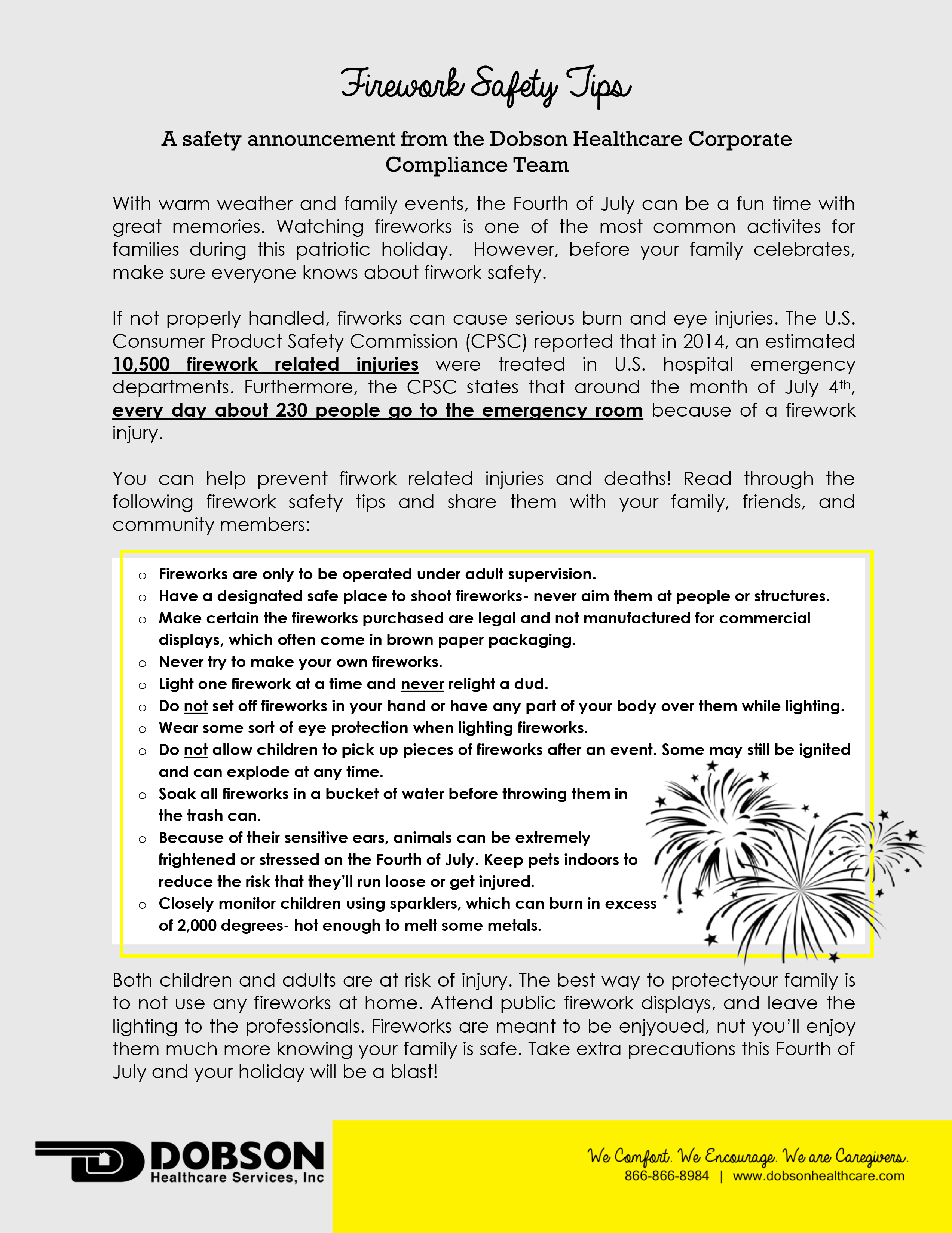
June 19th is observed as World Sickle Cell Day. It is a day to educate the world and increase awareness about Sickle Cell Disease.
According to St. Jude Children’s Research Hospital,
Sickle Cell Disease is a group of blood disorders that prevent the normal flow of blood in the body because of the effect on hemoglobin withing red blood cells.
In the United States, Sickle Cell Disease is the most common inherited blood disorder, affecting the lives about about 100,000 Americans. With early diagnosis and treatment, the life expectancy of children with the disease is increasing- many living to age 50 or older. There are three different forms of the blood disease: Sickle Hemoglobin C disease, Sickle Beta Thalassemia disease, and Sickle Cell Anemia (the most common of the three). Below is a infographic by St. Jude so you can learn more about the disease.

Chronic kidney disease (CKD) is a worldwide public health problem with adverse outcomes of kidney failure and premature death [1]. CKD affects approximately 195 million women worldwide and it is currently the 8th leading cause of death in women, with close to 600,000 deaths each year [2]. .
The risk of developing CKD is at least as high in women as in men, and may even be higher. According to some studies, CKD is more likely to develop in women compared with men, with an average 14% prevalence in women and 12% in men [3]. However, the number of women on dialysis is lower than the number of men. At least three major reasons are recognized so far: CKD progression is slower in women compared to men, psycho-socioeconomic barriers such as lower disease awareness lead to late or no start of dialysis among women [4] and uneven access to care is a major issue in countries with no universal access to healthcare. Kidney transplantation is also unequally spread, mostly due to social, cultural and psychological aspects: even in some countries that provide kidney transplantation and equitable treatment for men and women, women tend more often to donate kidneys and are less likely to receive them [5]. There is indeed a clear need to address issues of equitable healthcare access for women where it is currently lacking and increase awareness and education to facilitate women’s access to treatment and better health outcomes.
Lupus Nephropathy & Kidney Infection
Some kidney diseases, such as lupus nephropathy or kidney infection (acute or chronic pyelonephritis) typically affect women. Lupus nephritis is a kidney disease caused by an autoimmune disease, which is a disorder in which the body’s immune system attacks the own cells and organs [6]. Pyelonephritis is a potentially severe infection that involves one or both kidneys [7]. Kidney infections (as most urinary tract infections) are more common in women and the risk increases in pregnancy. To ensure good results, as most renal diseases, diagnosis and treatment should be timely.
Kidney Disease & Pregnancy
CKD is also considered a risk factor for adverse pregnancy outcome and reduced fertility. Women who have CKD are at increased risk for negative outcomes for the mother and the baby; pregnancies in women with advanced CKD are most challenging with high rates of hypertensive disorders and preterm births [9]. They may have reduced fertility but conception is possible, even if infrequent, on dialysis. On dialysis, results improve with intensive (daily or nearly daily) dialysis treatment, thus calling for dedicated programs for women of childbearing age [10].
In successfully transplanted women, fertility can be restored and chances of successful birth increase. However, as complications are observed more often than in the general population, preconception medical counselling should always be sought. There is a clear need for higher awareness on CKD in pregnancy, to timely identify CKD in pregnancy, and to follow-up women with CKD during and after pregnancy. In this respect, pregnancy may be also a valuable occasion for early diagnosis of CKD, thus allowing planning of therapeutic interventions.
In turn, pregnancy-related complications increase the risk of kidney disease: pre-eclampsia, a syndrome in which a defect of the implantation of the placenta affects normal kidneys inducing hypertension and proteinuria, is one of the 3 leading causes of maternal mortality [8]. Preeclampsia, septic abortion (infection of the placenta) and post-partum haemorrhage (major bleeding after giving birth) are leading causes of acute kidney injury (AKI) in young women, and may herald future CKD in survivors [11].
The burden of those maternal complications is particularly high for women in developing countries, due to insufficient access to universal and timely prenatal care, to improper management of women with preeclampsia, and to lack of availability of dialysis for severe AKI [12].
Our Message
There is a clear need for higher awareness, timely diagnosis and proper follow up of CKD in pregnancy. In turn, pregnancy may be also a valuable occasion for early diagnosis of CKD, allowing planning of therapeutic interventions.
On this occasion, World Kidney Day and the International Women’s Day 2018 are commemorated on the same day, offering us the opportunity to reflect on the importance of women’ s health and specifically their kidney health. On its 13th anniversary, World Kidney Day promotes affordable and equitable access to health education, healthcare and prevention for kidney diseases for all women and girls in the world.
References:
- Kidney Disease: Improving Global Outcomes (KDIGO) CKD Work Group. KDIGO 2012 Clinical Practice Guideline for the Evaluation and Management of Chronic Kidney Disease. Kidney inter., Suppl. 2013; 3: 1–150.
- Data on prevalence and mortality in women taken from GBD website: https://vizhub.healthdata.org/gbd-compare/
- Global Prevalence of CKD – A Systematic Review and Meta-Analysis: https://www.ncbi.nlm.nih.gov/pmc/articles/PMC4934905/
- Sex and Gender Differences in CKD: progression to end-stage renal disease and haemodialysis: https://www.ncbi.nlm.nih.gov/pubmed/27252402
- Chronic Kidney Disease, Gender, and Access to Care: A Global Perspective: https://www.ncbi.nlm.nih.gov/pubmed/28532558
- 6.Lupus and Kidney Disease (Lupus Nephritis) https://www.niddk.nih.gov/health-information/kidney-disease/lupus-nephritis
- Pyelonephritis: https://www.niddk.nih.gov/health-information/urologic-diseases/kidney-infection-pyelonephritis/definition-facts
- Managing pregnancy in chronic kidney disease: improving outcomes for mother and baby https://www.ncbi.nlm.nih.gov/pubmed/27471410
- Chronic Kidney Disease & Pregnancy: Maternal and Fetal Outcome: http://www.sciencedirect.com/science/article/pii/S1548559507000055
- Acute Kidney Injury in Pregnancy – Current Status: https://www.ncbi.nlm.nih.gov/pubmed/23928385
- Maternal mortality from preeclampsia/eclampsia: https://www.ncbi.nlm.nih.gov/pubmed/22280867
Source
- If you or a loved one participates in winter sports, you can take precautions to prevent head injuries during play:
- Wear a properly fitted helmet that is appropriate for the activity. Helmets can go a long way toward preventing or reducing the severity of a TBI.
- Set a no hits to the head or other dangerous play rule for hockey and other contact sports.
- Take lessons. If you’re going skating, skiing, or snowboarding, basic lessons will help you learn how to fall more safely and less often.
Our offices will close at 5p on 12/29/17 and will not re-open until 1/2/18 at 8:30a. We will be closed during normal business hours on 1/1/18 in observance of New Years.
As always you may reach our oncall team 24/7 at 866-866-8984.
Our offices will close at 5p on 12/22/17 and will not re-open until 12/26/17 at 8:30a. We will be closed during normal business hours on 12/25/17 in observance of Christmas.
As always you may reach our on-call team 24/7 at 866-866-8984.

